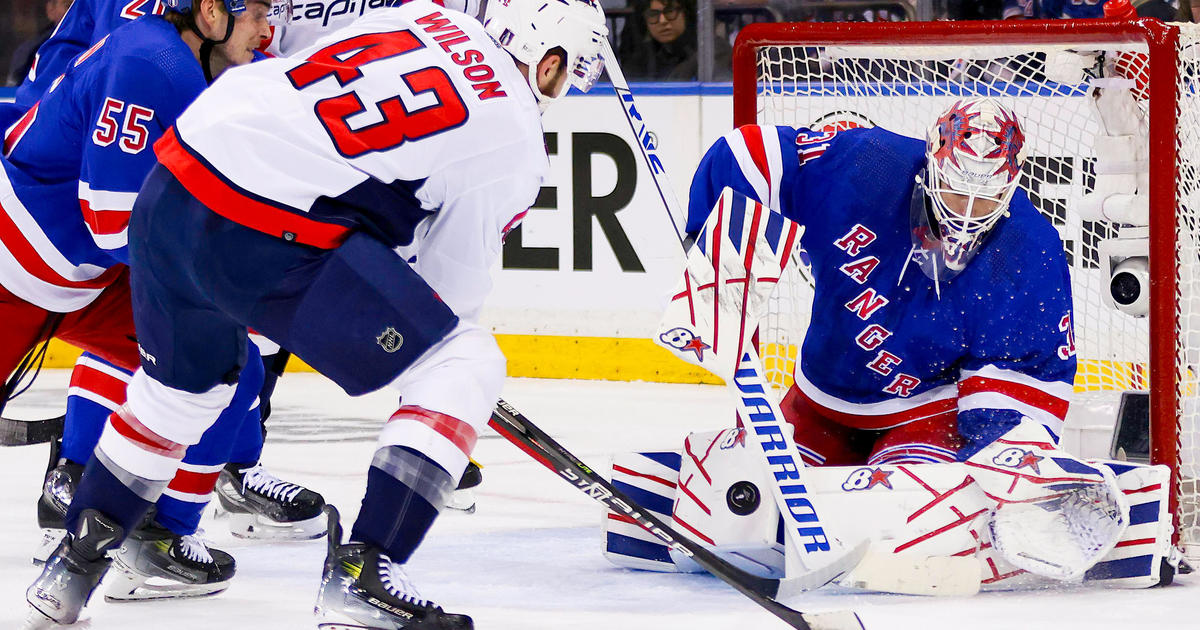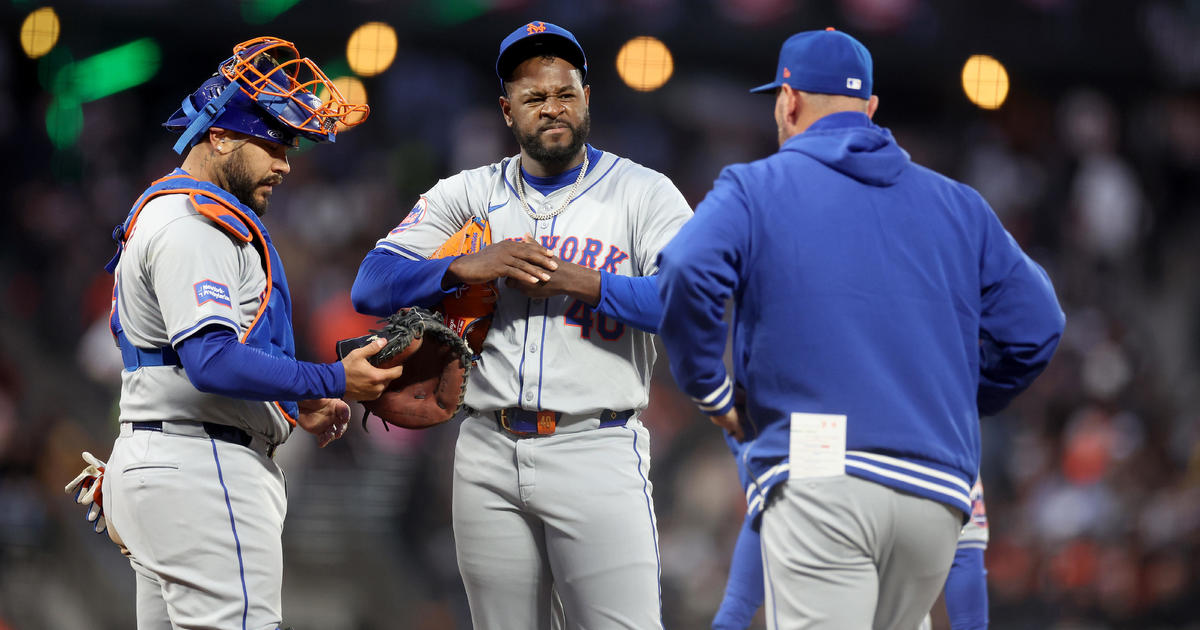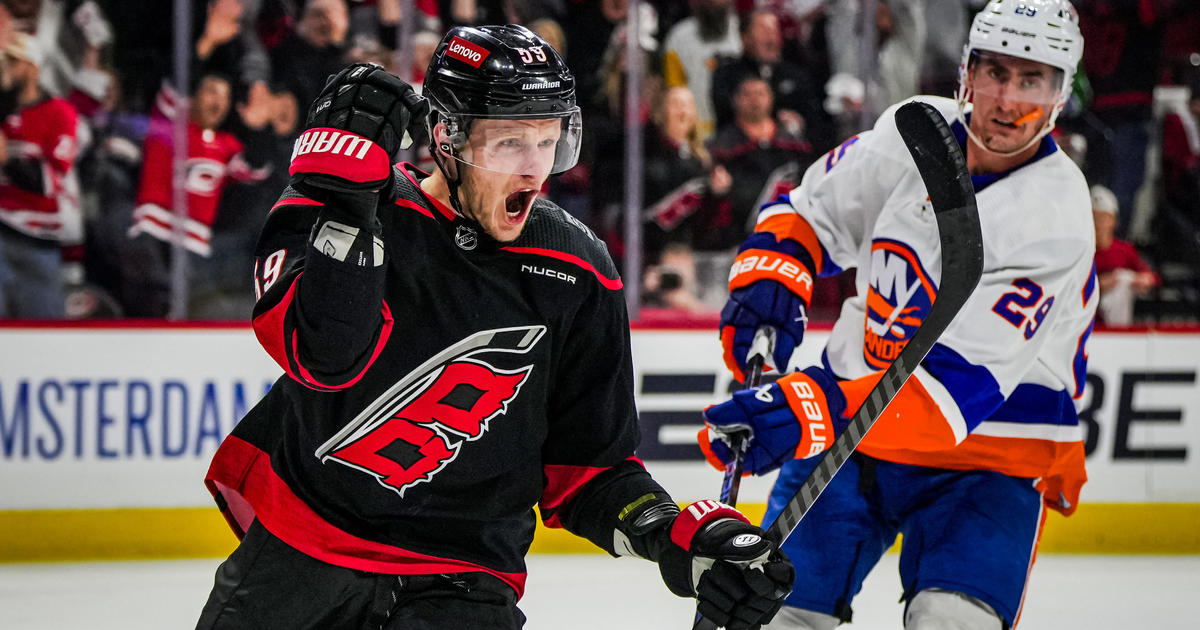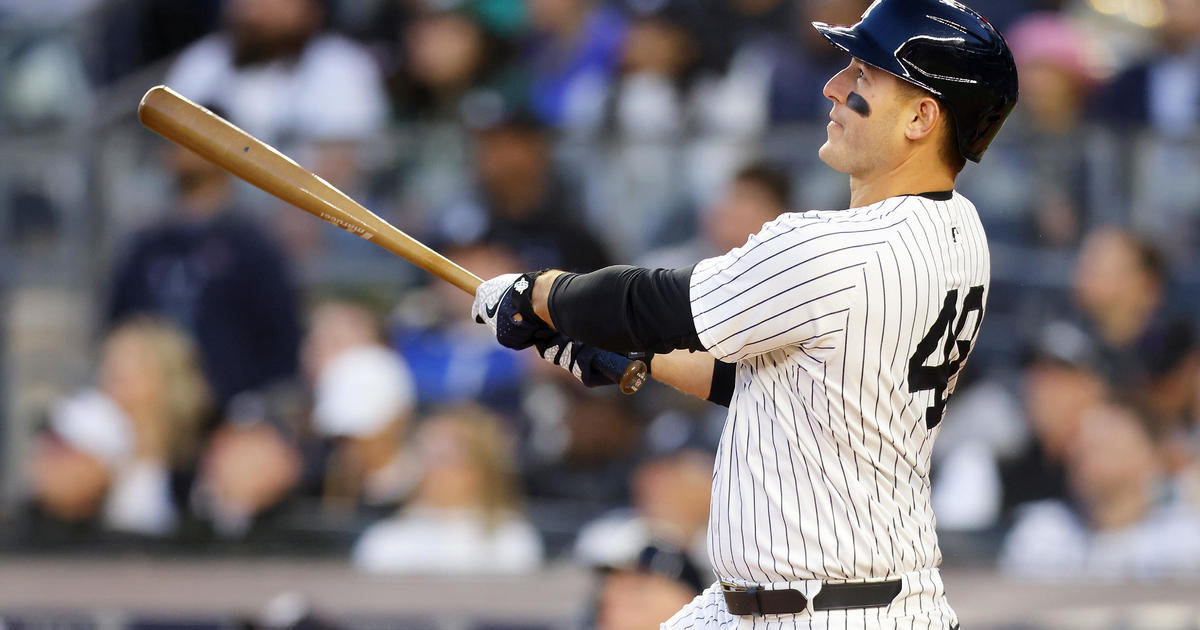Gallof: Hockey's Degeneration X -- Concussions Are Killing The Sport
By B.D. Gallof, WFAN.com
In 2002, the NHL was concerned. Scoring had dropped in the previous years and Stanley Cup runs tended to be low-scoring defensive traps featuring clutch-and-grab games that really only appealed to the more sophisticated hockey fan.
When Gary Bettman moved over to the NHL in 1993 after being David Stern's third in command in the NBA, he painted a picture of a faster, newer style of game that would appeal to the U.S. market. Old-time team ownership had become the minority, and the newer NHL owners looked at the NBA audience and commercial dollars abashedly salivating.
Bettman was brought in to build the markets, bring hockey to the masses and give owners a piece of that pie.
Slowly but surely, new rules took effect, including obstruction crackdowns, which at first faded in the playoffs, but later stuck for good.
Speed and offense are now the kings in the present day NHL. A focus on players with those very attributes took over drafts and team on-ice strategies. Slower skaters have slowly been fazed out, especially those pugilistic specialists who all too often didn't quite have the same skill sets and strides of their respective teammates.
However, something happened on the way to making the NHL more palatable to the masses. You might have noticed that your favorite player or players have been missing in action quite a bit this season. As of Thursday, 51 NHL players have been lost to concussions this season. On that list is the player many believe is the league's best, Sidney Crosby of the Pittsburgh Penguins. Crosby has played in just eight NHL games since suffering a concussion on Jan. 5, 2011.
That list has become a gargantuan story this season, much to the alarm of the league and teams, who have in the past attempted to minimize what independent medical experts have been citing for years: hockey has a concussion epidemic on its hands.
But this is really nothing new. It has been going on for a long time, but was barely paid attention to by players, coaches, training staff, general managers and the NHL itself.
But now concussions are happening more and more, to the point where it cannot be ignored, overlooked or swept under a rug.
The list of players concussed this season alone is simply mind-boggling, and according to many at all levels of the sport, there are many instances that have not been officially announced. In some cases, concussions have been called the dreaded "upper body injury." New NHL protocols that are demanding fewer hits above the shoulders, legislation that was installed last March, have not created this ongoing problem. Rather, some old-school players have failed to see the writing on the wall. Now, recognition of brain injuries is improving because the onus is falling on team doctors instead of trainers and staff on ice.
Criticism by medical officials outside the NHL calls for the league to use independent doctors to make assessments because team employment and allegiance can skew diagnoses or cause the lack of a diagnosis. According to independent medical experts like Dr. Paul S. Echlin, a Toronto-based concussion expert who has spent more than 10 years working for junior hockey teams: "They either are or they aren't concussions. It takes 15 minutes to make an effective diagnosis." In other words, there always should be a diagnosis and never one that says "concussion-like symptoms," which has been seen all too often in the NHL over the last few seasons.
Despite the growing number of victims piling up around them, league officials have seemed to spin their own study, citing the lesser instances of concussions that occurred from year to year from 2000 to 2004. In that time the instances of concussions went from 7.7 per 100 players to 4.9. There has also been a lot of cautious talk that studies and research can be far too preliminary, like in the case of former enforcer Derek Boogaard, whose studied brain was seen to have a lot of trauma damage.
However, the NHL's own study seems to contradict some of that spin. Take this excerpt as you will: "Possible explanations for this finding include the following: more conservative management or return-to-play decisions by physicians; increase in the NHL in the severity of concussions (i.e., longer time to complete resolution of post-concussion symptoms); failure by players to report symptoms for fear of being held out of games; reporting by players of only severe symptoms; use by NHL team physicians of higher thresholds for diagnosis of concussion; or increasing use of neuropsychological testing results before making return-to-play decisions."
What has obliterated the rest of the cautious talk is the fact there is a very shocking independent junior hockey concussion study by Dr. Echlin and others that has found instances of concussions are up to seven times more prevalent than in previous studies. Also severely concerning and that which floored this previously pro-fighting columnist is the fact that in a Hockey Concussion Education Project study 24 percent concussions occurred in players who were directly involved in a fight immediately prior to their diagnosis.
Here's another stunner: 80 percent of these observer reports also documented that the hit causing the concussion was purposeful versus incidental.
And then there is this one, which is key to why we are seeing so many players profoundly affected now in the NHL: 15 of the 17 players with a diagnosed concussion admitted to having experienced at least one concussion in the past.
It is a stunning independent study of two junior teams that is worth reading and clearly takes the NHL's own study to task. League doctors and teams seem to still be trying to ignore the King Kong-sized gorilla in the room, but that tendency appears to be fading fast.
Finally, even Bettman is acknowledging that the number of concussions in his league has increased, but with a caveat -- accidental collisions.
An NHL source told me these injuries have happened, accidental or not, and that there is no doubt that they have been primarily created by two present day issues in the NHL, whether the league wants to admit them or not:
1. The removal of obstruction from 2002 onward (clutch-and-grab play)
2. Removal of the red line in 2005
Both made the game far quicker, but players' bodies have been unable to absorb the punishment. Add the fact that the neutral zone has been reduced, thanks to the moving of the nets outward from the end boards, and you have faster play in less space.
The same NHL source also contends that players have not really gotten bigger in the last five years, so to say players today are more powerful compared to days long past is no longer an excuse.
You want to talk about a warning shot fired across the NHL's bow? Well, the scariest part is what we're seeing now may just be the tip of the iceberg. As more players come into the NHL with misdiagnosed, undiagnosed or undisclosed brain injuries, they are being subjected to a far more dangerous game. In numerous studies in addition to the NHL's and Dr. Echlin's findings, the chances of sustaining a concussion after having one can go up 3 to 6 times in probability. Add the NHL's speed, less reaction time, and the faster hits, and you get a budding catastrophe that is beginning to sound a shrill alarm across the entire sport.
To be fair, the NHL, having adopted new concussion injury protocols, has done a much better job recognizing these types of injuries. However, according to independent doctors and medical experts, what the league has done is far from enough. Many cite that the NHL's own study was run by NHL employees. Even then, many in the league were stunned, but those same doctors feel that it is far more explosive of an issue than the NHL is willing to admit. They believe the league is afraid of what a purely independent study would find.
Above all, these are not just injuries that take a player out of the game. These are brain injuries that will affect their lives outside the rink, perhaps long after they have finished playing the game.
Independent studies like Dr. Echlin's caused so much alarm that one GM pulled his junior team out of the study. Players also attempted to pull themselves out of it when things started to take a dire turn, like having independent doctors giving them the cold, hard facts instead of what they were used to -- like being able to go back out onto the ice following clearance from trainers and other team personnel.
Players with NHL dreams and teams with skewed priorities have tried in many instances to cover their eyes and ears to what was being presented. And what's more, this is not just happening in juniors and in the NHL. This is happening in pee wee and youth leagues all over.
Dr. Echlin actually created a website of information for parents to educate themselves on children's concussions. It contains a vast library of studies, video, interviews and more.
Presently, the NHL has only addressed a small part of the problem and the seriousness of the concussion epidemic is sinking in far too slowly. Head hits, fighting, smaller rinks, rule changes to speed up the game, and a lack of recognition of brain injuries are creating a perfect storm this season. The new NHL protocols that doctors do the assessing instead of on-ice trainers shows we're in the early stages of a much more serious problem.
If you don't think this is an epidemic, look over at the NFL where former players have a mammoth lawsuit against the league due to their handling of concussions. You can bet a lawsuit would make a chill shoot down a former lawyer like Bettman's spine. Make no mistake, the writing is on the wall and perhaps the NHL will finally give this issue the attention and priority it deserves when it affects league owner's pockets.
Something better be done and quickly.
Read more columns by B.D. Gallof.
Would you agree that there is a concussion problem in the NHL? If so, what would you do to fix it? Please offer your thoughts in the comments section below.



